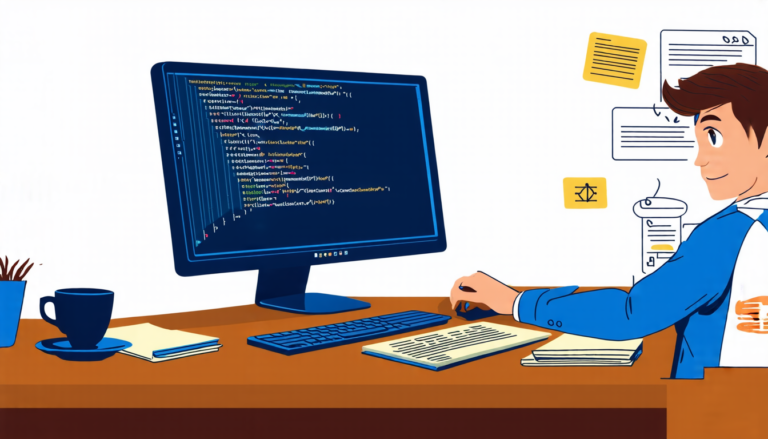Friday 02 May 2025
The quest for efficient graph processing has been an ongoing challenge in the world of computer science. Graphs are a fundamental data structure, used to model complex relationships between entities in fields such as social network analysis, recommendation systems, and more. However, as graphs grow in size and complexity, traditional methods for processing them can become bottlenecked.
In recent years, researchers have been exploring innovative approaches to tackle this problem. One such approach is the use of behavioral equations, a formalism that models fine-grained interactions between processes. By leveraging the power of process calculi, scientists have developed novel techniques for optimizing data and computation sharing in complex stateful parallel computations.
At its core, behavioral equations are designed to capture the intricate relationships between processes in a graph. Each node in the graph represents a process, which interacts with other nodes through messaging. The equations themselves describe the behavior of these processes, including how they exchange information and update their states.
The key insight behind this approach is that by abstracting away low-level details, researchers can focus on high-level patterns in the graph’s structure. This allows them to identify opportunities for optimization that might be missed using traditional methods. For instance, behavioral equations enable scientists to recognize when multiple nodes are performing similar computations, and merge those computations to reduce overhead.
The benefits of this approach are numerous. By reducing the amount of data being exchanged between nodes, researchers can significantly improve communication efficiency. Additionally, the ability to identify and eliminate redundant computations can lead to substantial speedups. In some cases, behavioral equations have even been shown to outperform hand-optimized implementations by up to 2x.
One promising system that has emerged from this research is OptiFusion, a framework for optimizing graph processing using behavioral equations. By integrating these equations into the programming model, developers can create specialized programs that are tailored to their specific use case. This enables them to take advantage of optimizations that might not be possible with traditional graph processing tools.
The implications of this work extend far beyond academia. As graphs become increasingly ubiquitous in fields such as data science and artificial intelligence, efficient processing techniques will be essential for unlocking the full potential of these technologies. By providing a new way to think about graph processing, behavioral equations offer a powerful tool for researchers and developers looking to tackle complex problems.
In this sense, behavioral equations represent a significant step forward in the ongoing quest for efficient graph processing.
Cite this article: “Unlocking Efficient Graph Processing with Behavioral Equations”, The Science Archive, 2025.
Graph Processing, Behavioral Equations, Process Calculi, Optimization, Data Sharing, Computation Sharing, Stateful Parallel Computations, Graph Structure, Communication Efficiency, Redundant Computations







